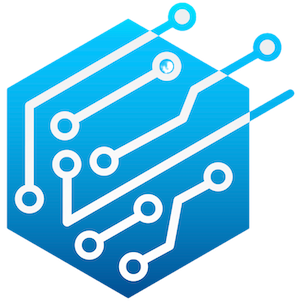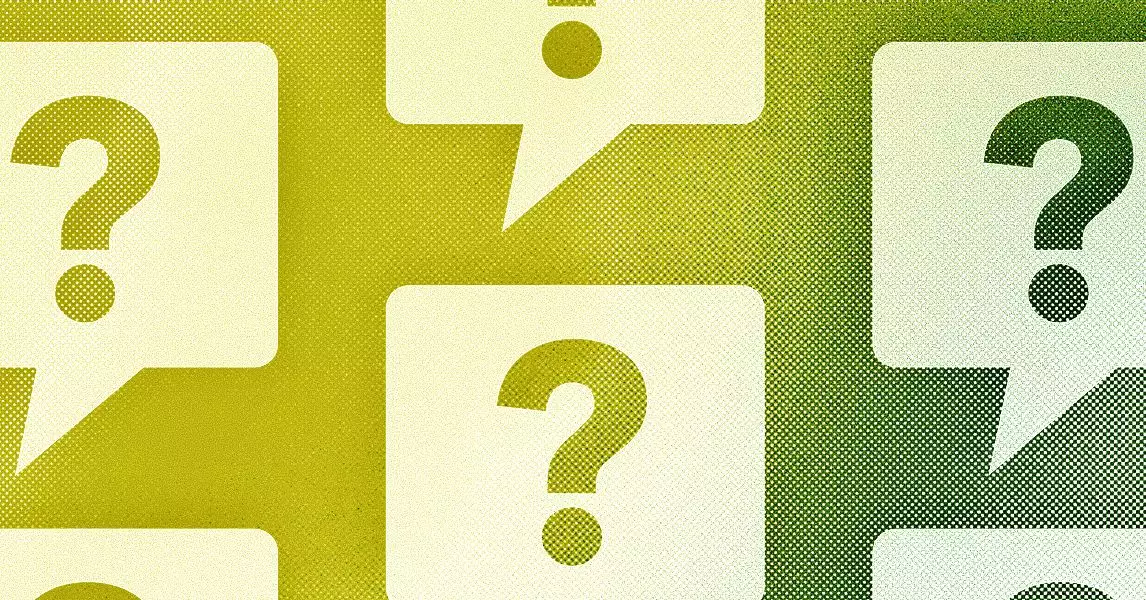Artificial Intelligence, often lauded for its innovative potential, is quietly but profoundly reshaping the foundations of the entertainment industry. One of the most vulnerable sectors is the traditional role of visual artists responsible for storyboarding—an essential phase where the visual blueprint of a film or TV show is meticulously crafted. As AI-driven image generation tools become more sophisticated and accessible, the need for human artists to create preliminary visual layouts diminishes rapidly. What was once a labor-intensive process involving skilled artistry is now replicable with a few prompts, leading to a significant erosion of job security for many professionals.
The impact extends beyond mere visual aids. blockbuster films—particularly in the superhero genre renowned for their complex action sequences—are experimenting with AI. These industries, usually at the forefront of high-budget filmmaking, are increasingly dependent on generative AI to conceptualize and execute sequence planning. This practice reduces costs and speeds up production timelines but risks devaluing the craftsmanship and creative intuition that human artists have provided for decades. In effect, AI is encroaching upon the core creative work, threatening the livelihood of a skilled workforce with automation’s promise of efficiency.
The Unequal Impact on Hollywood’s Workforce
The broader implications of AI’s infiltration into Hollywood are a source of palpable concern among industry veterans. The recent strikes and protests exemplify a deep-seated anxiety: the fear that intelligent automation is a tool for profit maximization at the expense of human workers. Actors, crew members, and support staff recognize that AI offers studios a way to cut costs—a very tempting proposition for the bottom line—yet it leaves many artists feeling increasingly sidelined. The complex, often emotional labor that actors and crew bring to productions seems threatened by the seemingly cold and impersonal capabilities of AI.
Despite the alarm, there are glimmers of resistance and adaptation. Some directors and producers, rather than viewing AI solely as a threat, are exploring its potential as a collaborative tool. For instance, certain documentary filmmakers actively incorporate AI into their workflow, seeing its capacity to streamline processes and even inspire new creative avenues. The embrace of AI by notable filmmakers and industry leaders indicates a nuanced reality: while some are alarmed by digital encroachment, others see it as an opportunity to evolve and perhaps redefine storytelling itself.
The Ethical Quandaries and Power Dynamics
Where the industry stands today is a contentious landscape of competing interests. Studios are primarily pushing AI adoption to pad profits and expedite production, often without regard for the human element involved. This asymmetry of power fuels a sense of injustice among labor forces that fear being rendered obsolete. The conversation isn’t merely about technological advancement; it is a debate surrounding economic dominance and creative integrity.
Prominent figures like Darren Aronofsky have already ventured into AI ventures, establishing their own AI-focused studios and collaborations with tech giants like Google’s DeepMind. Their involvement signals a shift from a cautious, experimental phase to a more integrated, strategic engagement with the technology. Yet, such developments provoke critical questions: Will AI enhance human creativity, or will it supplant it? Can a balance be struck where AI supports artists rather than displaces them? Ultimately, the industry’s future hinges on how it manages these ethical and economic tensions, with cultural and artistic quality at stake.
The Hollywood industry stands at an inflection point—one that requires not only technological innovation but also moral clarity and a steadfast commitment to protecting creative human talent. As AI becomes more embedded in production pipelines, the challenge lies in ensuring that progress does not come at the cost of the very artistry that makes film and television so compelling. Unlike old paradigms that valued craftsmanship for its uniqueness, the new era risks valuing speed and cost-efficiency over human ingenuity. The industry’s response to this dilemma will determine whether AI becomes a powerful ally or an oppressive force in the creative realm.


Leave a Reply